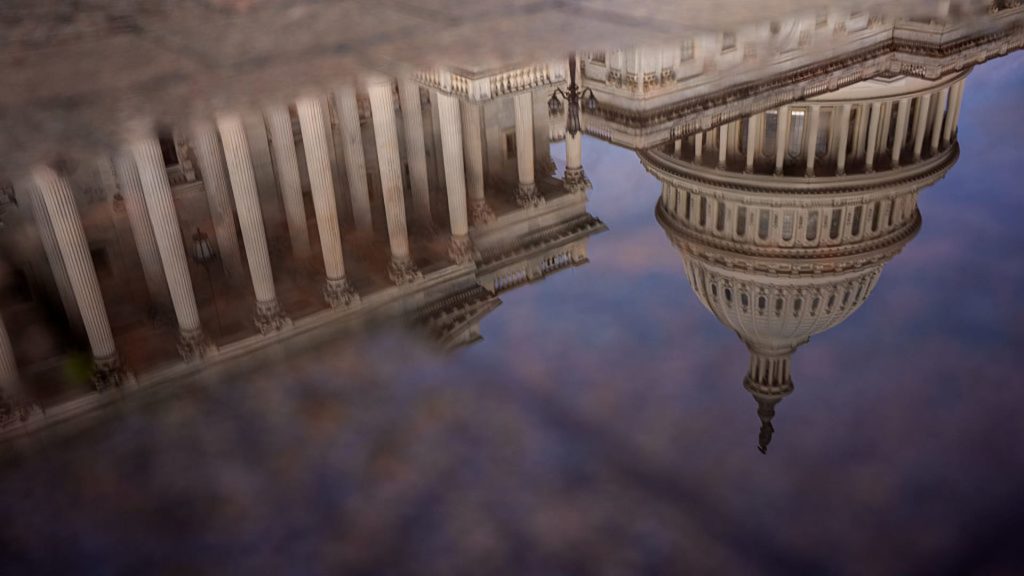The Dome of the U.S. Capitol Building is visible in reflection on October 14, 2025 in Washington, DC.
Andrew Harnik | Getty Images News | Getty Images
As the government shutdown stretches on, it’s not easy for borrowers to gauge what’s happening with their student loan debt.
The Education Department has been sending out forgiveness notices to some borrowers, for example, but a lawsuit related to repayment plans and debt cancellation is on hold during the stalemate in Washington.
One thing that’s not on pause: student loan payments. During the government shutdown, borrowers still need to pay their monthly bills, according to a U.S. Department of Education memo from late September.
With no end to the stalemate over a funding deal in sight, here’s what else federal student loan holders need to know about what tasks they can and can’t do related to their debt.
“Don’t panic,” said Betsy Mayotte, president of The Institute of Student Loan Advisors, a nonprofit that helps borrowers navigate the repayment of their debt. “The vast majority of actions related to federal student loans continue to be available.”
Borrowers can still do ‘pretty much everything’
On Oct. 1, the U.S. government shut down, meaning that federal workers across agencies were temporarily put on unpaid leave, including at the Education Department.
Fortunately, for federal student loan borrowers, most of their loan tasks are handled by companies with which the government contracts. These student loan servicers, including Nelnet and CRI, continue to operate.
“We’re not really impacted at the moment,” said Scott Buchanan, executive director of the Student Loan Servicing Alliance, a trade group for federal student loan servicers.
For now, borrowers can still do “pretty much everything,” Buchanan said. They can apply for new repayment plans, request current billing statements and talk to customer service, he said.
If you don’t know which company is managing your student loans on behalf of the Education Department, you can find out at Studentaid.gov.
Borrowers can also submit loan forgiveness applications under programs like Public Service Loan Forgiveness and the Total and Permanent Disability Discharge.
Getting their loan cancellation approved, however, is another story.
Where borrowers will feel shutdown effects
While federal student loan borrowers can apply for debt cancellation programs during the government shutdown, they won’t see the relief until agencies reopen, said Nancy Nierman, assistant director of the Education Debt Consumer Assistance Program in New York.
“Actual discharge will be delayed as that has to be approved by the Department of Education, which has furloughed or laid off most of its staff,” Nierman said.
Delayed forgiveness could lead to a tax bill for borrowers. The American Rescue Plan Act of 2021 made student loan forgiveness tax-free at the federal level through the end of 2025. But President Donald Trump’s “big beautiful bill” did not extend or make permanent that broader provision, meaning the loan erasure may lead to a bill from the IRS come January.
Some student loan borrowers were already experiencing delays to their loan forgiveness applications under the Trump administration. That prompted the American Federation of Teachers to bring a legal challenge against Trump officials in March, in which it accused the Education Department of denying borrowers their rights to the debt forgiveness opportunities mandated in their loan terms.
That lawsuit is on hold during the government shutdown.

